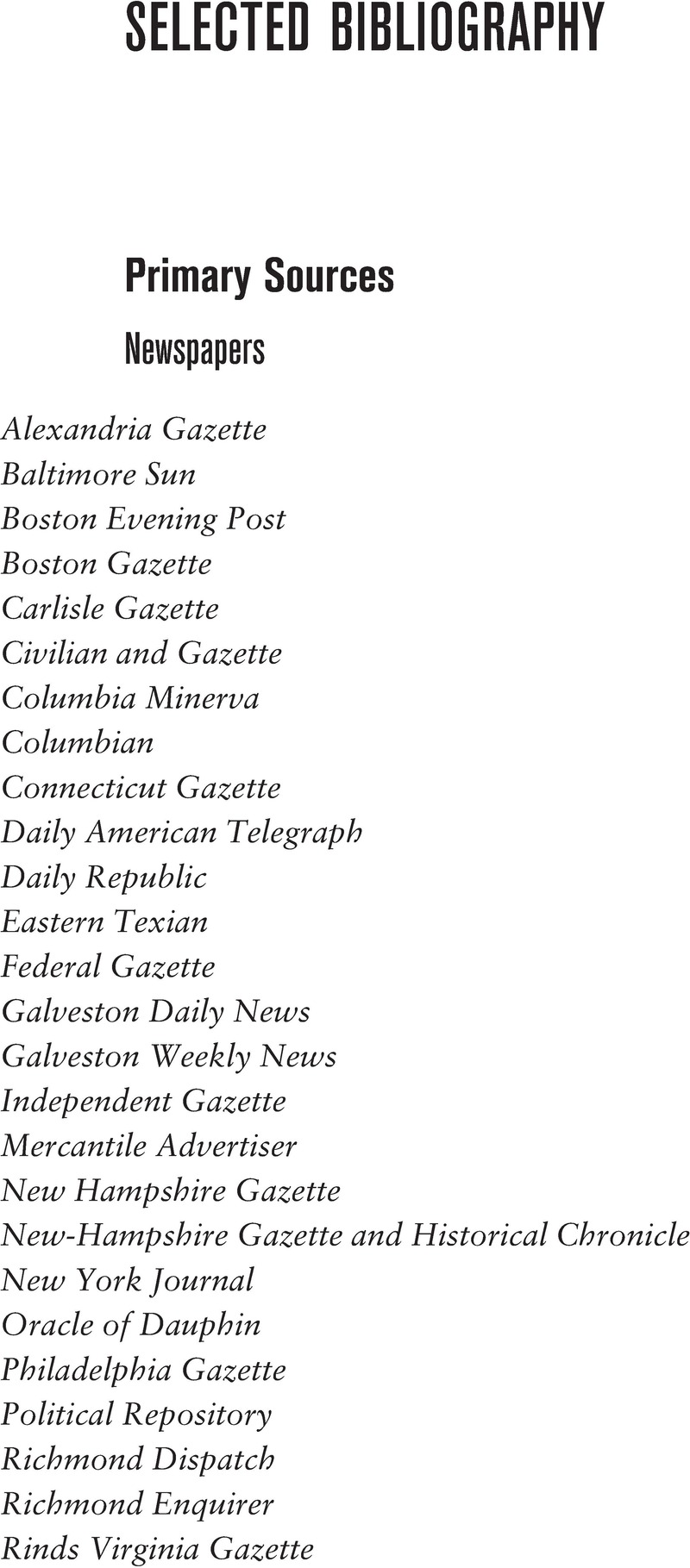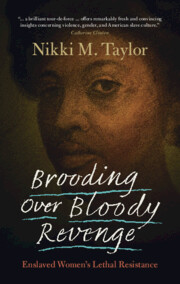Book contents
Selected Bibliography
Published online by Cambridge University Press: 13 July 2023
Summary

- Type
- Chapter
- Information
- Brooding over Bloody RevengeEnslaved Women's Lethal Resistance, pp. 228 - 239Publisher: Cambridge University PressPrint publication year: 2023



